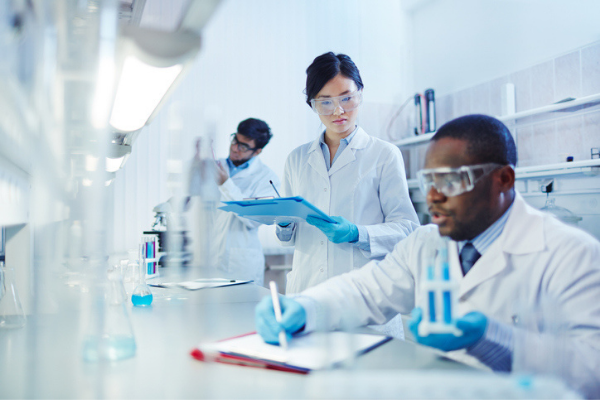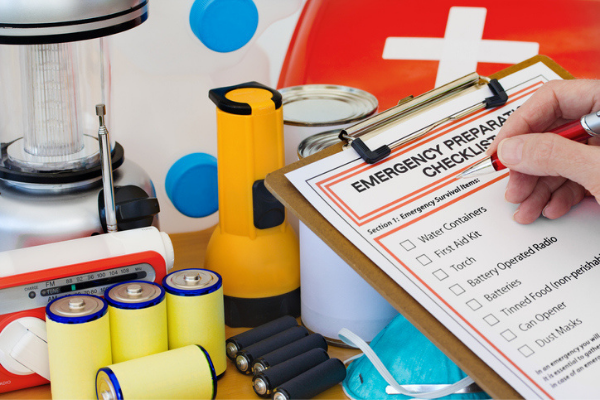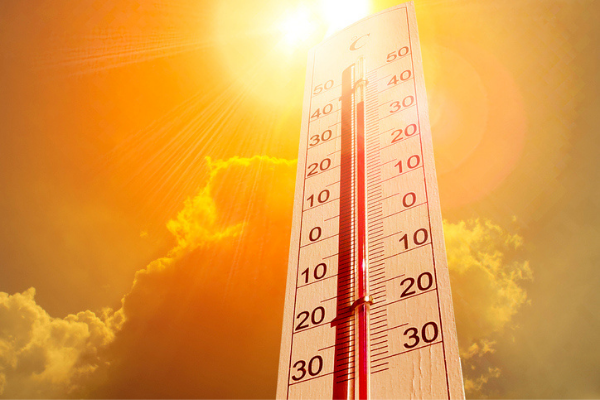
It seems that fire has been a “hot topic.” The recent incident* in Texas and the wildfires in Australia, fire has been in the headlines. Hopefully, due to our education and chosen profession, you have an understanding of the fire triangle or tetrahedron depending upon your search terms. To have a fire, you must have heat, fuel, oxygen, and an exothermic reaction. To put out a fire, you need to eliminate one of the elements, which is the function of a fire extinguisher. And, we know that sometimes, if we have the wrong fire extinguisher for the job, one of two things can happen, you make the fire worse or suppress the fire for a short time and the fire comes back. Most of our “training” focuses on the fire, and how to put it out. Yet, the best way to eliminate a fire is not to have one in the first place.
Our training doesn’t necessarily focus on prevention. In obvious cases, like hot work situations, there is a fire-watch; or flammable chemicals in the laboratory are stored in a specialized cabinet. During fire prevention month, we hear about how to properly store oily rags, or how to properly landscape to minimize the hazard posed by wildfires. These are the common preventative tips, yet there are other less obvious fire dangers, we should be concerned about. For example, a fire can be started by batteries stored next to steel wool; grass fires can be started by overheated breaks or automobile wheels, overloaded electrical circuits, etc. are all potential ignition sources. In the laboratory, vapors and hot surfaces or an unexpected exothermic reaction can be a potential ignition source.
Fire is always a potential danger and can happen when you least expect it. We have seen the ramifications of fire in our industries and our communities. It can be devastating. Yet, with a little bit of thinking, proper management of materials, and some planning, the potential for fire can be reduced or eliminated. We can also minimize the damage in the event of a fire. The key is to look at your surroundings, and question your activities, and observe changes that may produce a hazard. Keeping our eyes open, taking a bit to think and asses can prevent a disaster.
*at time of original publication.








